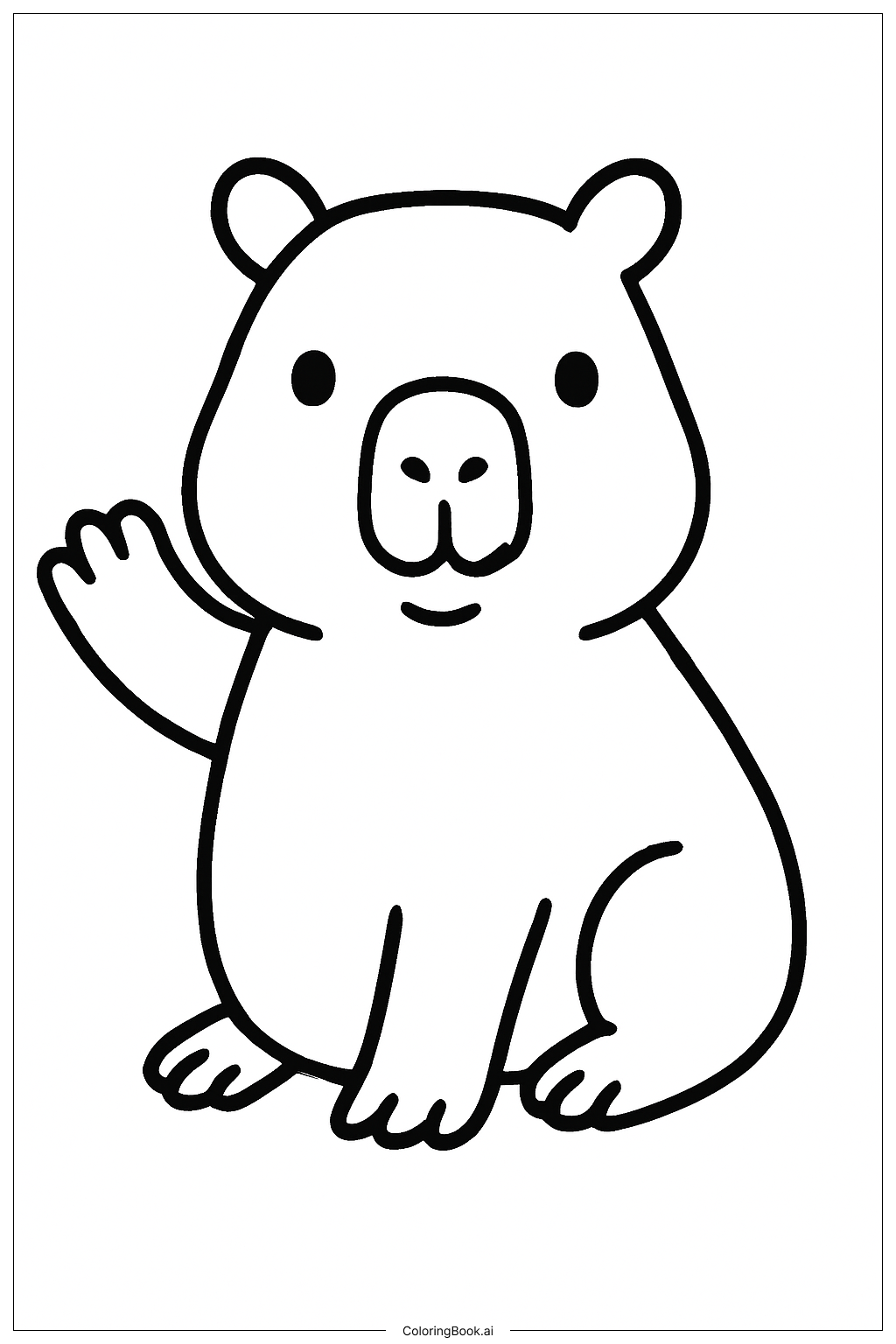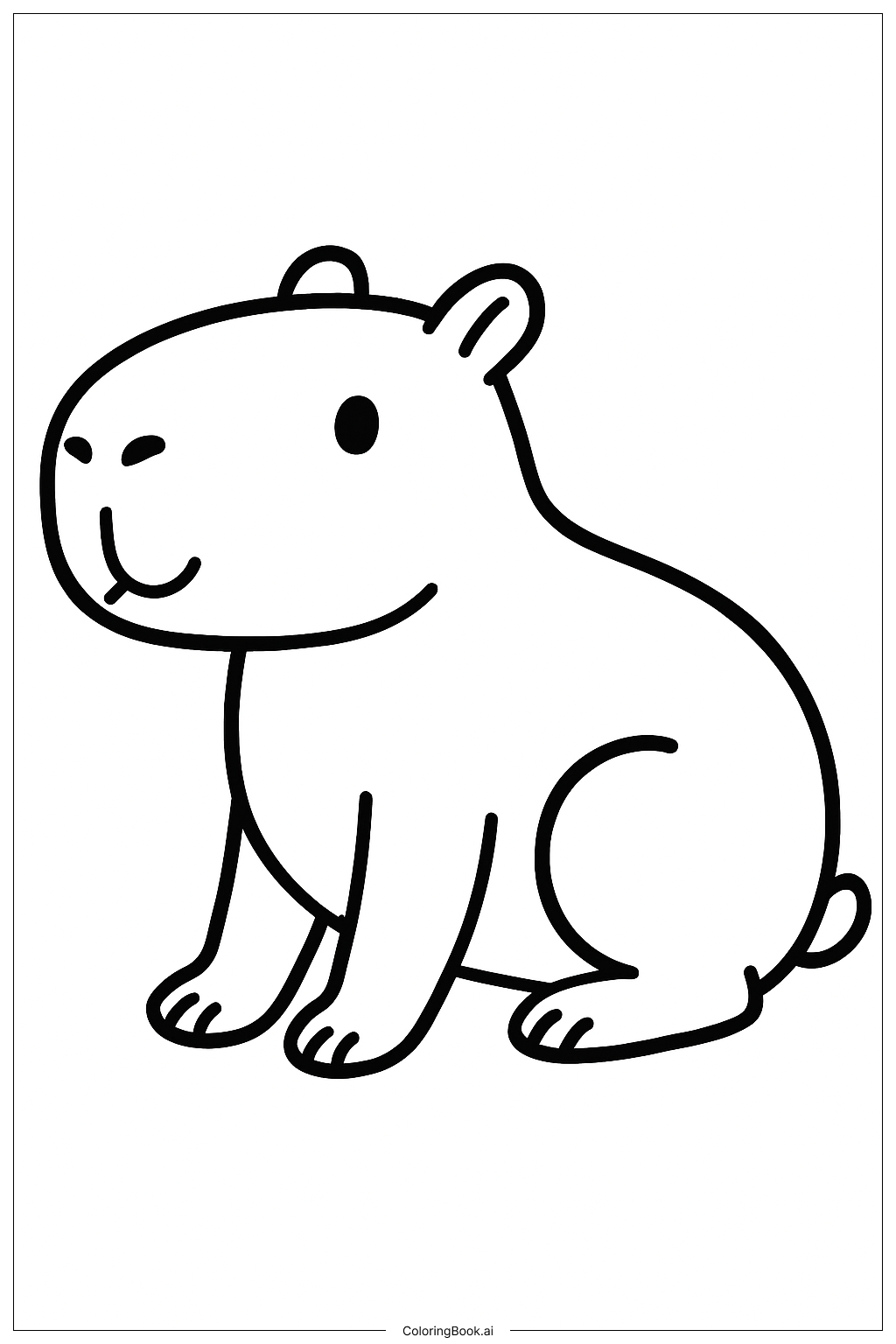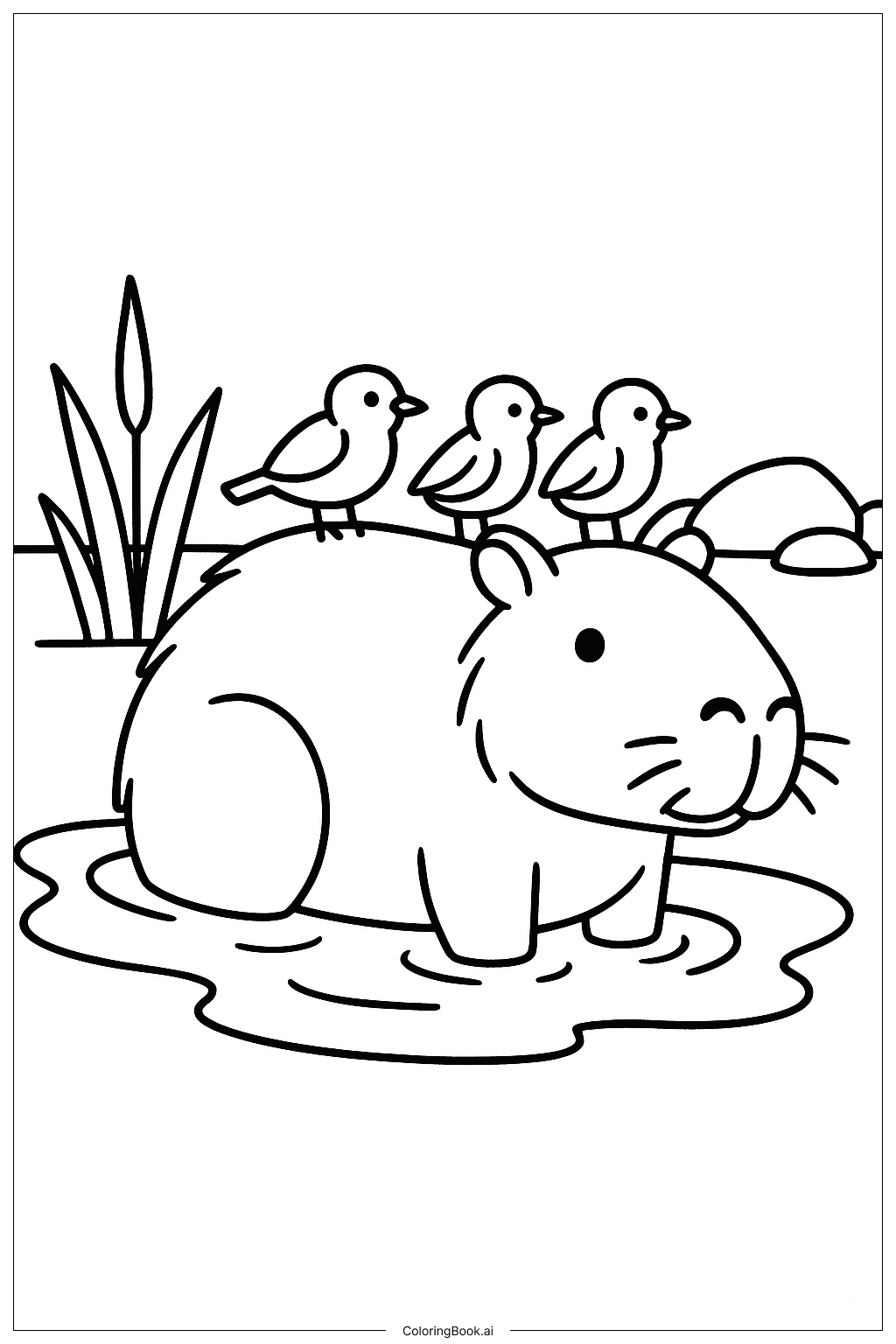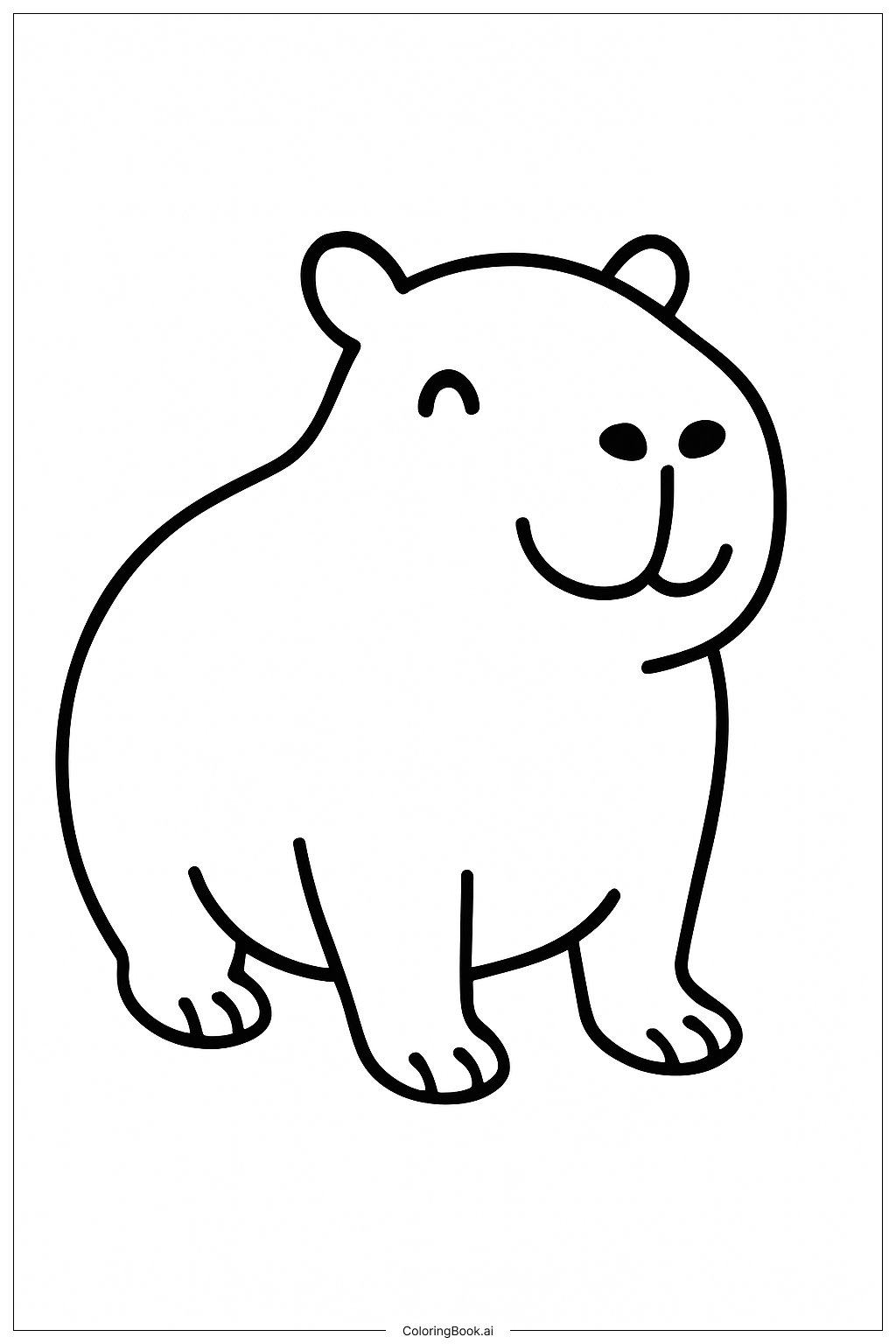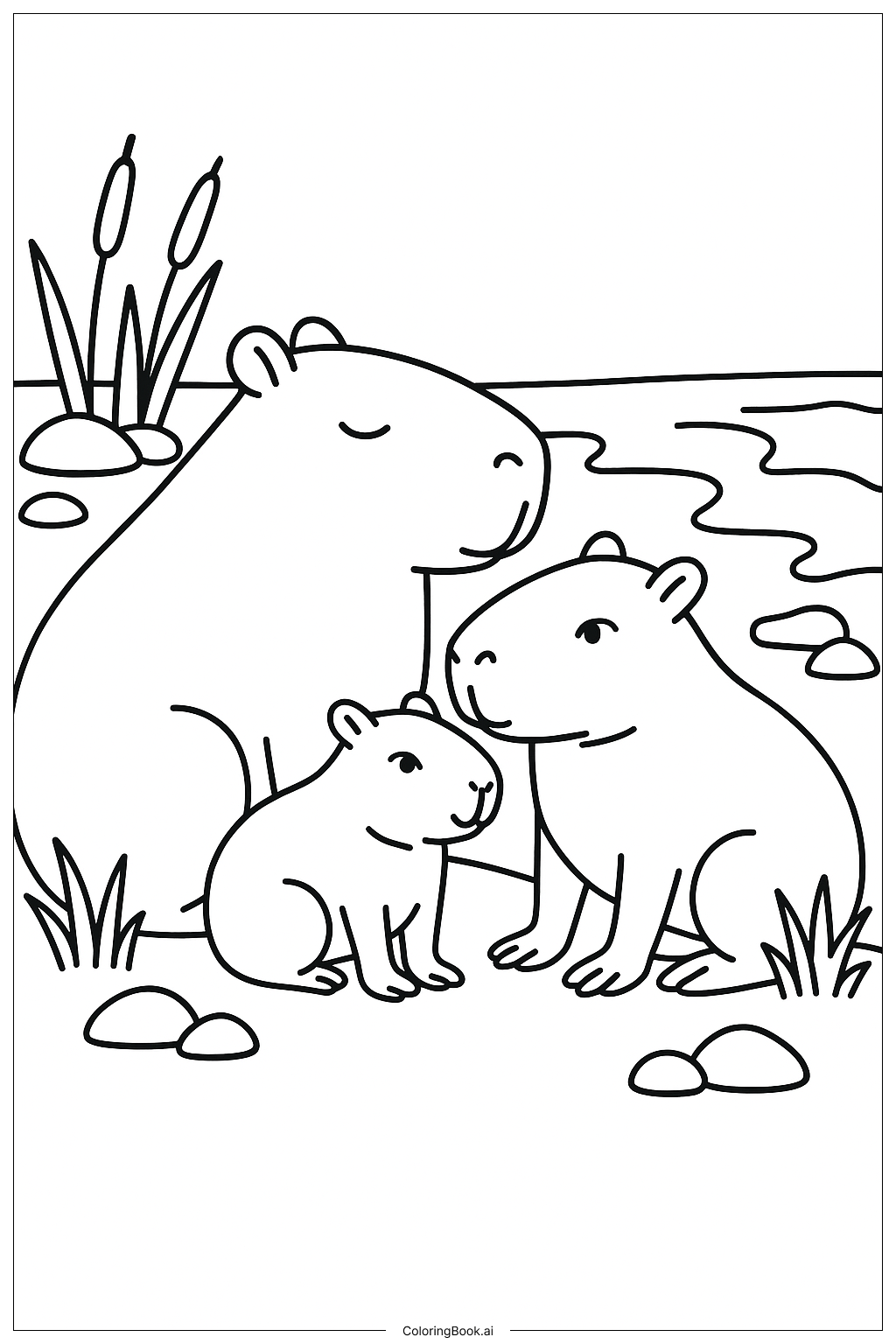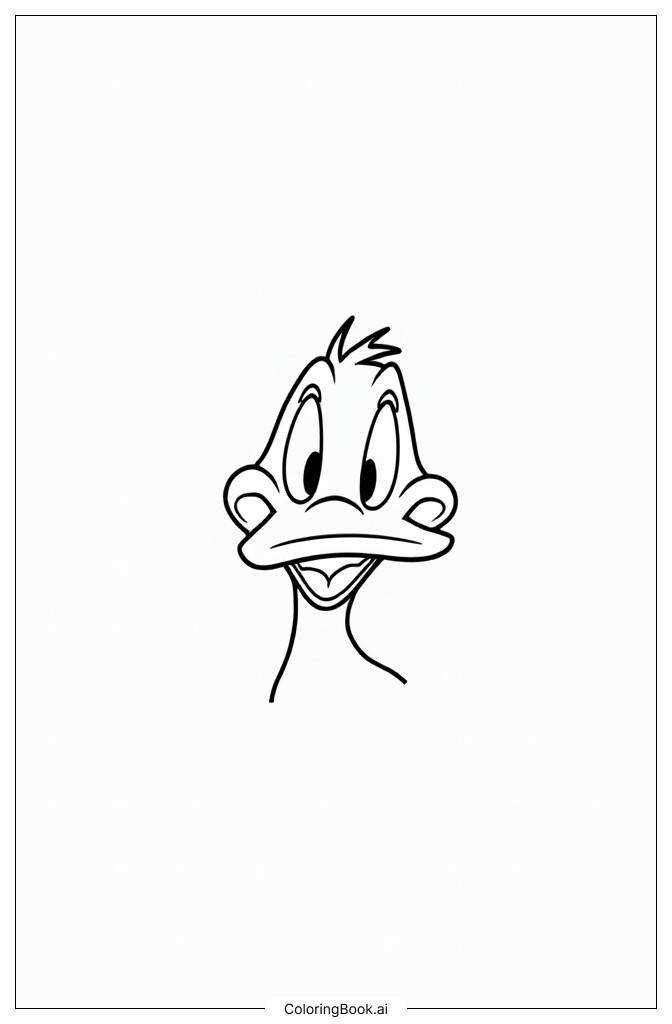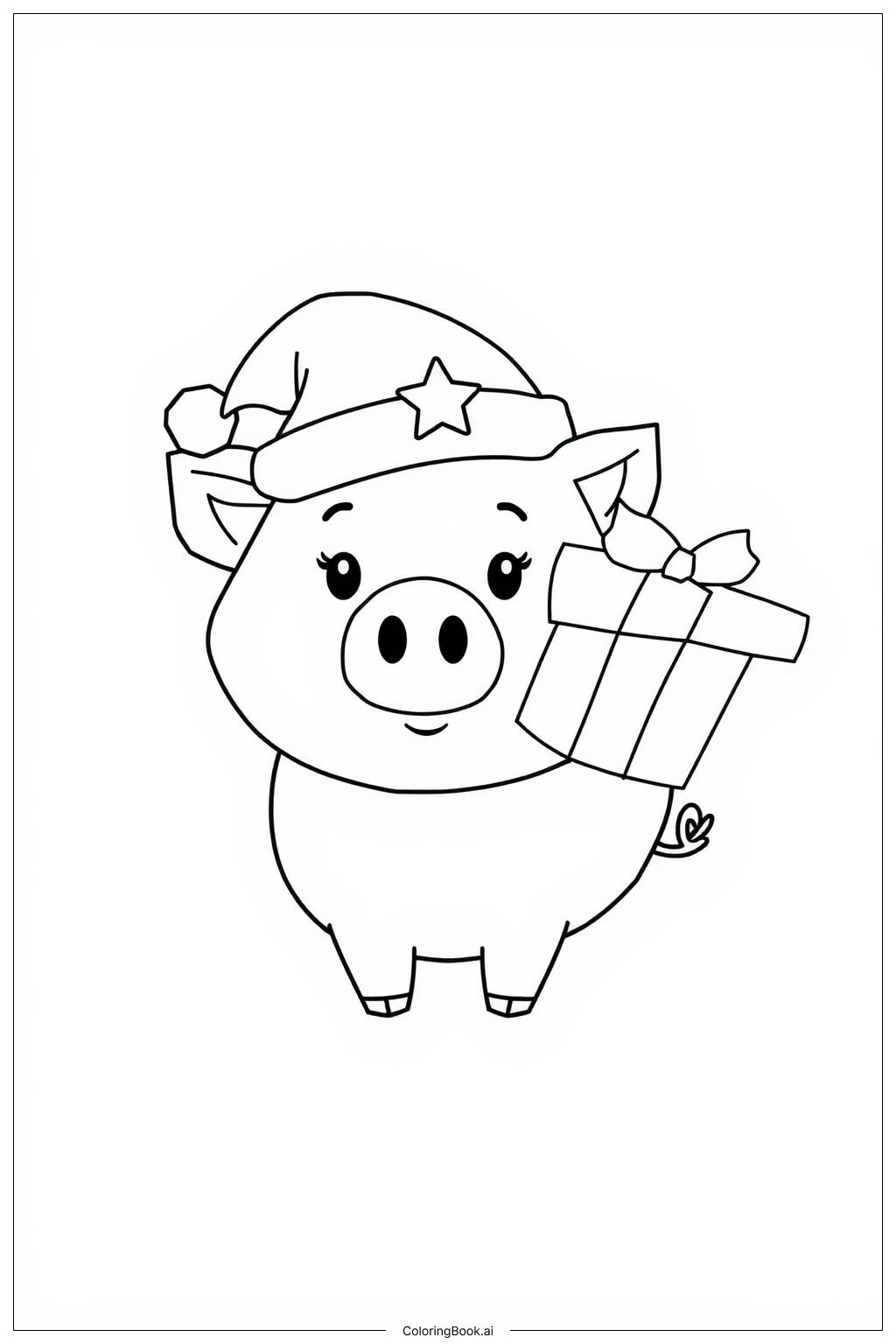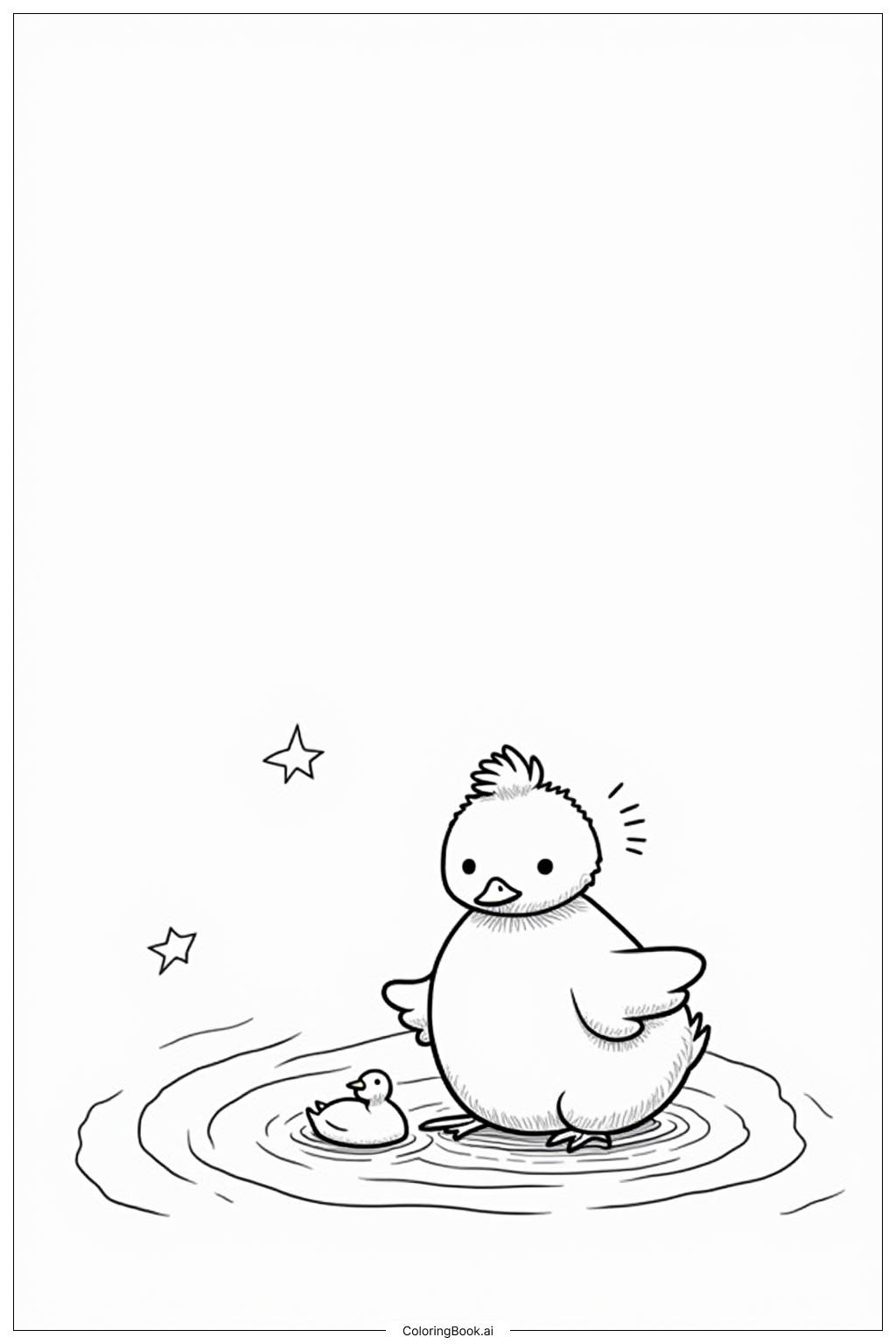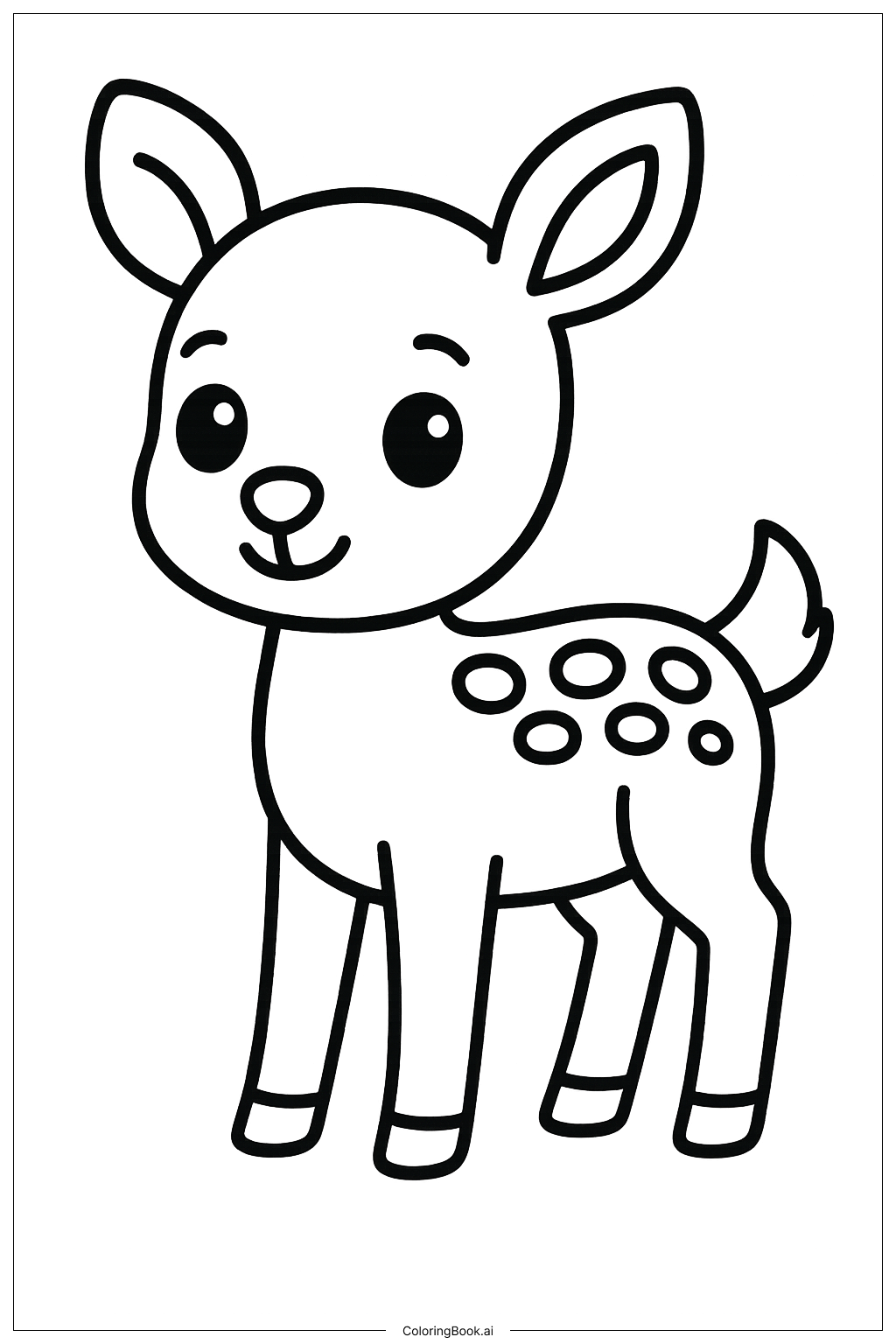Coloring tips: How to color Capybara Waving Hello coloring page well?
Use light brown or tan colors for the capybara’s body, as these are its natural colors. You can color the nose and eyes black or dark brown. The ears can be a little darker brown. For the paws, try using soft brown shades. If you want to get creative, you can add a colorful background like blue for the sky or green for grass. Use crayons or colored pencils to fill the spaces carefully. Start with light colors and add darker shades to show shadows. This will make your capybara look 3D and full of life.
Coloring challenges: Which parts are difficult to color and need attention for Capybara Waving Hello coloring page?
1. The paw waves with fingers are small and narrow, making it harder to color inside the lines neatly.
2. The capybara’s nose area has small details that need careful coloring without overlapping the lines.
3. Keeping colors even on the big round body can be tricky, especially if using crayons that may leave streaks.
4. Balancing light and dark shades smoothly to show the capybara’s shape may be challenging for young children.
5. Coloring around the eyes without making the black spots look messy requires patience and control.
Benefits of coloring books: Advantages of drawing Capybara Waving Hello coloring page
Coloring this capybara helps improve fine motor skills as children practice staying inside the lines. It encourages creativity by choosing and mixing colors. The friendly waving pose makes the activity more fun and engaging. Coloring animals like capybaras teaches kids about nature and different species. It also promotes concentration and patience, important skills for learning. Overall, this picture makes coloring time both educational and enjoyable.
